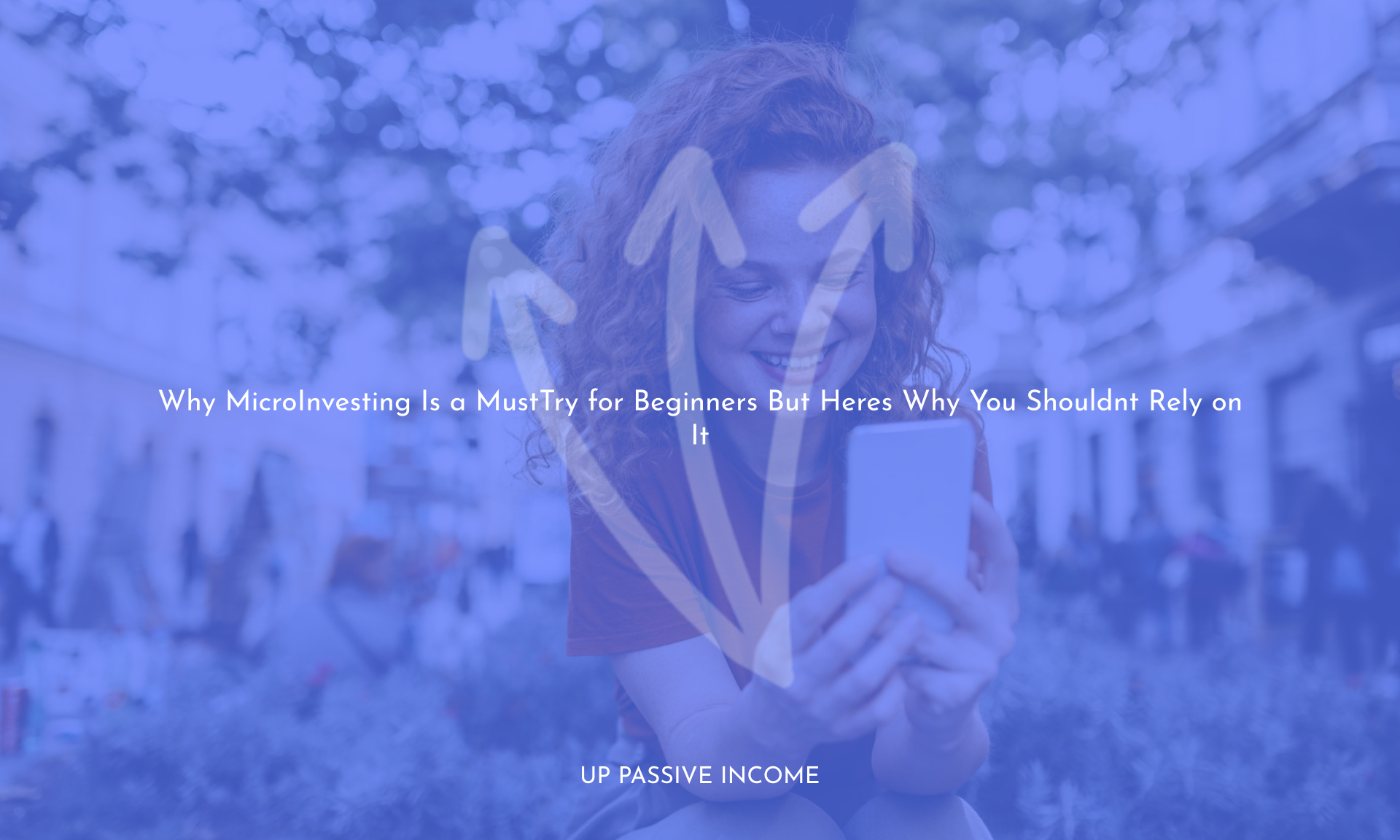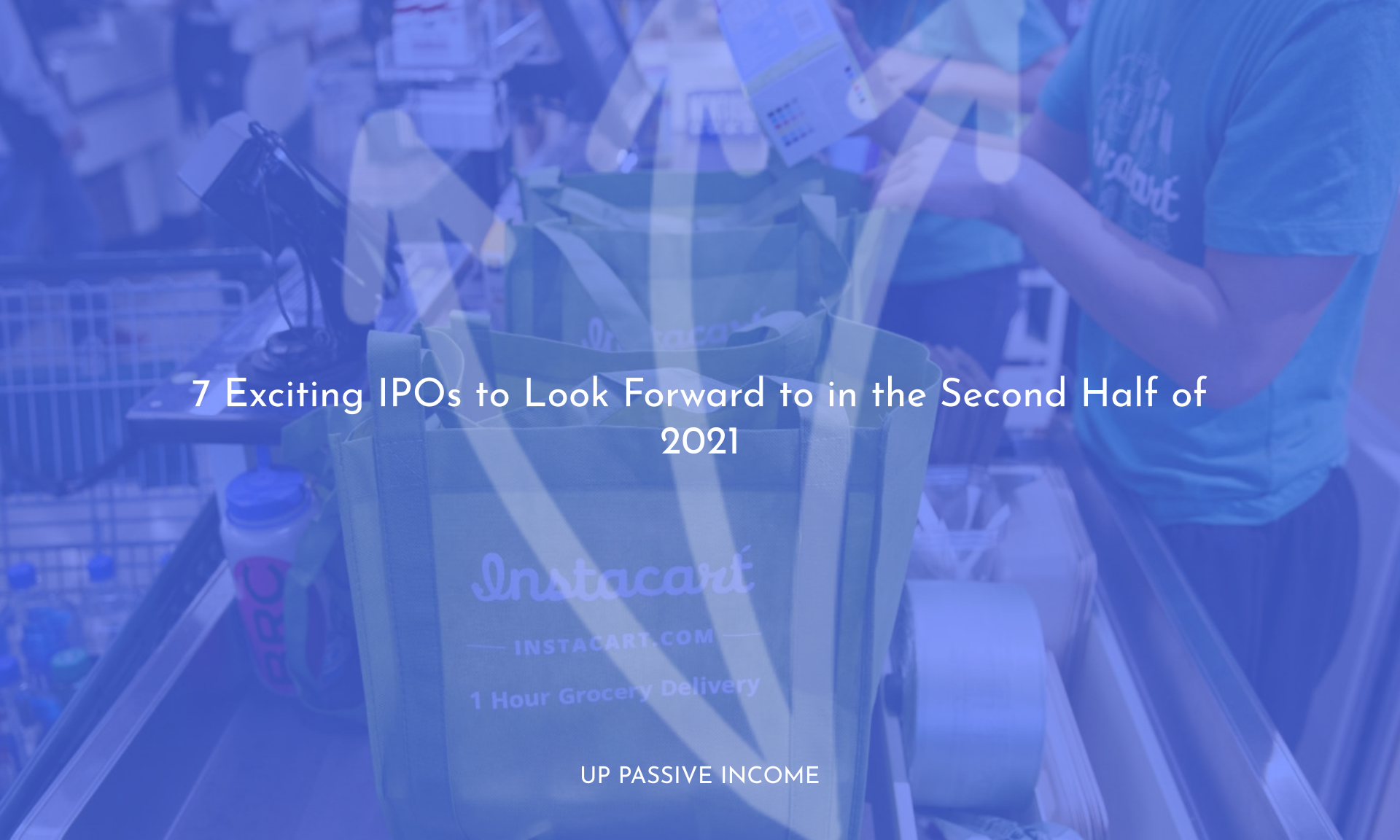Investing small amounts is certainly better than nothing, but micro-investing alone may not be sufficient for long-term goals.
Discover the power of micro-investing as a great initial step to improve your savings. While micro-investing can be beneficial for beginners, there are additional considerations you should be aware of to achieve your long-term financial goals.
Table of Contents
Its easy to think of micro-investing — the act of investing tiny amounts at a time, equivalent to putting spare change in the stock market — as a universally good thing. But is it enough for long-term financial goals?
Platforms that feature micro-investing have been praised for allowing people to safely and responsibly start investing, no matter how little they know about the stock market. Micro-investing is also a good strategy for people who dont have much money to invest, and it can help them learn more about savings, compounding growth and long-term returns, Jody D’Agostini, a certified financial planner with Equitable Advisors, said in an email interview.
“These small amounts accumulated over time can make a difference,” said DAgostini, whos based in Morristown, New Jersey.
This is because of compounding interest, in which you earn a return on your initial investment, but also on the growth.
Through compound returns, the longer youre invested, the more time your money has to compound. And, DAgostini said, starting that compounding effect before you have much income can be an incentive to continue investing as your income starts to grow.
While micro-investing platforms may be best for investors who dont have much money to put into a 401(k) or individual retirement account, anyone could benefit from using them, says Brian Walsh, a CFP with Walsh & Nicholson Financial Group in Wayne, Pennsylvania.
“I think its a brilliant idea. Its really creative and a good way to get investors dipping their toes into the world of investing,” Walsh says. “Instead of throwing that spare change into an ashtray, youre throwing it into an investment account where it can actually grow and work for you, whereas in an ashtray, its never going to do any of those things.”
But while micro-investing has a lot going for it, it alone may not be enough.
Wait, how exactly does micro-investing work?
The idea is to round up purchases, often to the nearest dollar, and use that spare change to slowly build up savings in a diversified portfolio of exchange-traded funds. Investment apps Acorns and Stash have made this incredibly easy, offering a debit card that does the roundup investing for you and offering investment guidance along the way. This is a departure from traditional brokerage accounts, which let you invest in the stock market, but dont typically have such a roundup feature.
This is a widely recommended strategy; making regular investment contributions over time (known as dollar-cost averaging) can help investors stick to their investment plan and avoid trying to time the market. And any app that encourages healthy saving and investment habits should be celebrated.
The problem is, investing 45 cents here and 27 cents there may not be enough. Lets say 25-year-old Sarah uses roundups that average out to $1.50 per day. Sarah will hardly miss the dimes and quarters leaving her bank account and going into her investment account, yet that will result in a monthly contribution of about $45. After 20 years at a return of 7%, that savings could potentially grow to about $23,500 by the time shes 45. Not bad for just collecting coins in a virtual piggy bank. (Learn more about what kind of returns to expect from the stock market.)
Pros reverse
But how much should you save for retirement?
According to a 2020 study from Vanguard, the average 401(k) balance for investors aged 35 to 44 years old was $72,578.
Unfortunately, Sarahs micro-investing strategy leaves her savings about 68% below this average.
And there are other issues with micro-investing to consider, too. At this point, Sarahs retirement savings is based on spending, not saving. How much would Sarah have at 45 had she invested some of that spending, instead? Whats more, if Sarah is only using a taxable brokerage account, shes missing out on some major tax benefits of a retirement account, such as an IRA or a 401(k).
What can I use in addition to roundups to stay on track?
Lets imagine Sarah wasnt using a micro-investing platform, and instead committed to contributing $100 per month to a tax-advantaged IRA. After 20 years at 7% growth, that would lead to savings of about $52,000. This is quite a bit more than the micro-investing strategy, but still falls short of Vanguard’s average.
But what if these two strategies were executed in tandem? If Sarah was able to put that $100 in her IRA each month while investing $45 in leftover change, shed theoretically have about $75,000 after 20 years — slightly above the average for her age group.
This is just an example demonstrating the ways innovative new investing strategies can merge with long-standing, proven approaches.
Whats important to understand is that as innovative and creative as roundup investing is, it alone wont get you to retirement, Walsh says. Rather, micro-investing is just one aspect of a comprehensive retirement plan.
“When you look at the whole pie of what financial success looks like, its a piece of that pie, but its absolutely not something thats going to get you to retirement,” Walsh says.
So what are the other pieces of the pie?
“These apps are good for the novice investor to establish consistent savings patterns and create a habit around investing,” DAgostini said of micro-investing apps.
But once you have more income or savings capacity, she said, “you might want to move to a more robust investment platform that can provide more education, guidance and financial planning.”
As a next step beyond micro-investing apps, DAgostini and Walsh both recommended contributing to your employers 401(k), if it offers one. And if your employer offers a match, its wise to contribute at least enough to earn that match if you can afford to.
If your company doesnt have a 401(k), the next step to consider would be opening an IRA. Either of these accounts is a great place to start saving more for retirement alongside a micro-investing app, Walsh says.
Thanks to Source
micro-investing



